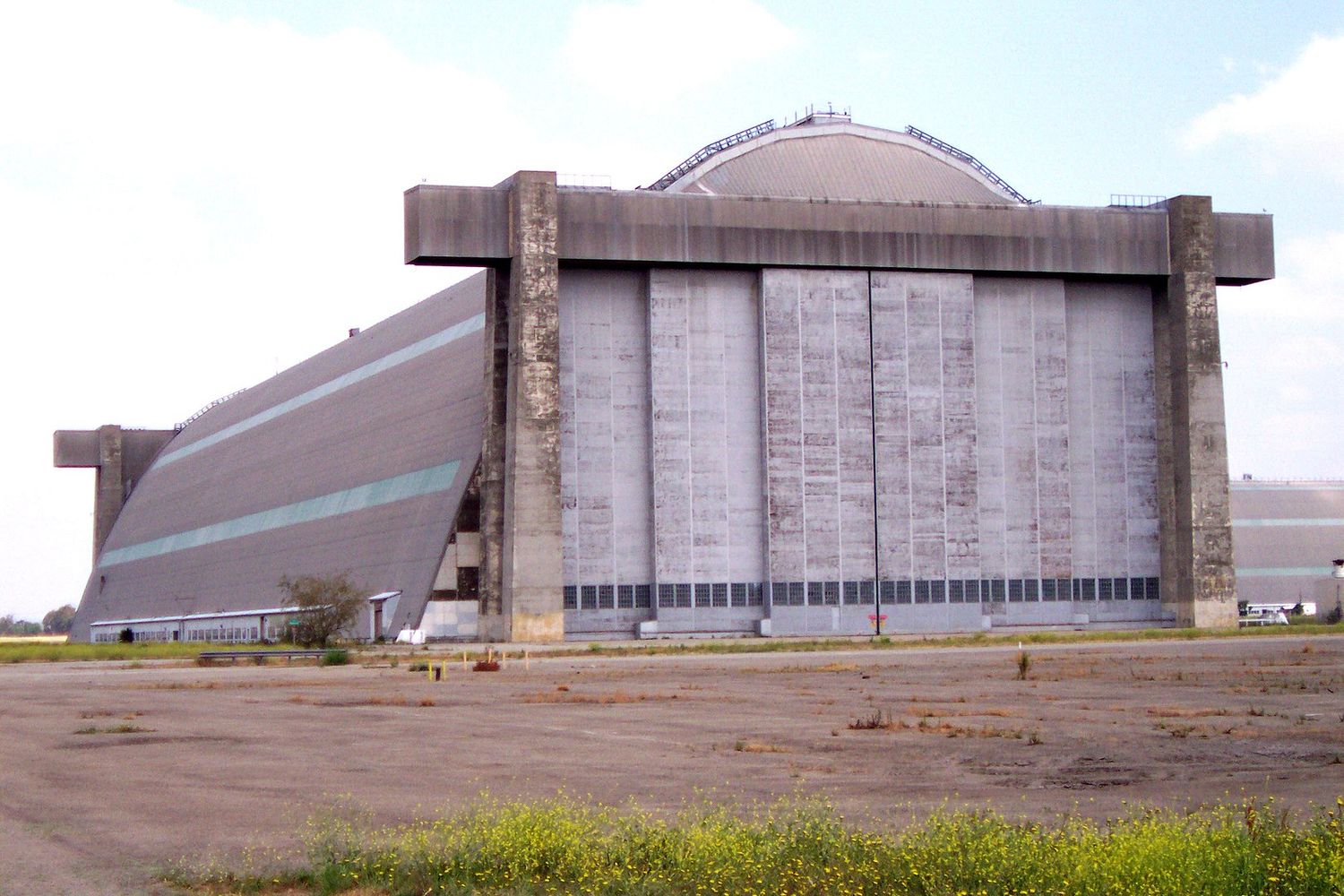Historic Navy Airship hangar collapse after large fire
A Piece of History in Flames
The massive wooden structure, one of the largest ever built, has been a storied fixture in the area, once housing military blimps and featured in multiple films such as «Austin Powers» and «Pearl Harbor.» Standing at 17 stories, the hangar’s size and unique construction have made it an irreplaceable landmark.

Naval Air Station Santa Ana was established in 1942 as a blimp base for the U.S. Navy’s World War II coastal patrols and was later commissioned as Marine Corps Air Station Tustin. Throughout its history, the base has undergone various transitions, including deactivation, reactivation during the Korean War as the nation’s first helicopter base, and expansion during the Vietnam War as a radar testing and pilot training center.

By the early 1990s, it was a significant center for helicopter aviation, supporting military operations and leasing land for agriculture, surrounded by a changing landscape of residential and industrial development.
MCAS Tustin was slated for closure in the early 1990s and officially ceased operations in July 1999, with parts of the site repurposed for commercial, educational, and recreational use, including an academy for the Orange County Sheriff’s Department and residential developments.

The historic hangars have not only earned recognition as a National Civil Engineering Landmark but have also been utilized in entertainment and for experimental aviation projects, like the Worldwide Aeros Corp’s cargo airship prototype, until a partial roof collapse in 2013.
Local Response and Future Concerns
The Orange County Fire Authority utilized a helicopter to combat the flames, an unprecedented method in the area. Tustin Mayor Austin Lumbard expressed the community’s loss, emphasizing the hangar’s cultural and historic significance, beyond its physical presence.
According to the Orange County Fire Authority, allowing the north hangar to collapse in a controlled manner was deemed the safest approach to effectively battling the blaze.

No injuries were reported at the scene. The affected hangar, which measured over 1,000 feet long and 300 feet wide, had not been used since the 2013 collapse previously cited. Fire crews remained on site working to fully extinguish any remaining flames in the debris over the coming days.


Para comentar, debés estar registradoPor favor, iniciá sesión